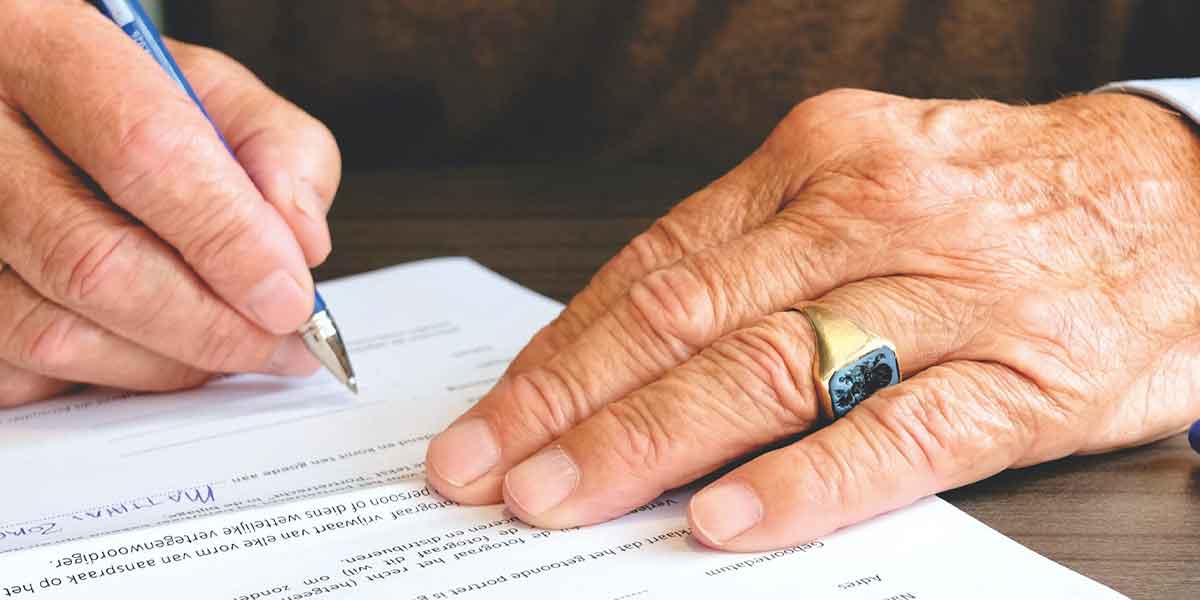Dealing with the loss of a family member is a difficult and emotional time in our lives. It can be overwhelming to navigate through the probate process while grieving and making important decisions. Seeking the assistance of a probate lawyer can provide guidance and support during this challenging time. This article will explore the essential steps involved in the probate process.
Understanding Probate
Probate is the legal procedure for transferring assets according to the deceased’s Will or testament. It involves various tasks such as identifying and valuing the deceased’s assets, settling debts and taxes, and distributing the remaining assets to beneficiaries with the help of an executor.
Step 1: Locating and Presenting the Will
The initial step in the probate process is to locate the Will and submit it to the court. As the executor, you are responsible for overseeing the probate process. Consulting with a probate lawyer can be beneficial, especially when facing challenges and obstacles along the way.
Step 2: Notifying Beneficiaries and Creditors
Sending legal notices to beneficiaries and creditors is crucial in the probate process. Informing all parties involved in the estate, including creditors with claims to the estate, is essential. Publishing notifications in newspapers can help reach unknown creditors and legal heirs.
Step 3: Inventorying Assets and Liabilities
Inventorying all assets listed in the Will, such as bank accounts, real estate, and vehicles, is the next step. Evaluating these assets is vital in determining the estate’s total value and how it will be distributed among beneficiaries. Additionally, addressing creditors’ claims and ensuring their validity is necessary.
Step 4: Settling Debts and Expenses
Paying off creditors’ claims, debts, taxes, and funeral expenses is a critical step in the probate process. Selling assets may be necessary to cover expenses and liabilities. A probate lawyer can assist in creating an estate plan that allocates funds for taxes, simplifying the distribution process.
Step 5: Closing the Probate Case
The final step involves transferring remaining assets to beneficiaries as outlined in the Will. If there is no Will, intestacy laws will dictate asset distribution. After the court’s specified waiting period, assets can be disbursed, and a petition filed to transfer the estate to beneficiaries. The personal representative facilitates property transfers and asset liquidation if needed, ultimately closing the probate case.
Navigating the probate process can be complex, but with the help of a probate lawyer and following these essential steps, the process can be managed efficiently and effectively.




